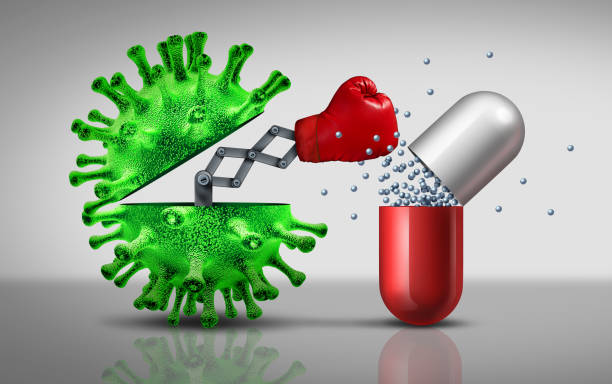News Highlight
The domestic pharmaceutical industry needs to take the lead in limiting Antimicrobial resistance -one of the biggest problems the world is staring at.
Key Takeaway
- The manufacturing process needs control measures; 43% of the world’s rivers are contaminated with active pharmaceutical ingredients.
- The industry must prioritise wastewater management and process controls to limit antibiotic pollution and AMR.
What is Antimicrobial resistance?
- Antimicrobial resistance (AMR) is the resistance acquired by any microorganism (bacteria, viruses, fungi, parasites, etc.) against antimicrobial drugs (such as antibiotics, antifungals, antivirals, antimalarial, and anthelmintic) that are used to treat infections.
- Microorganisms that develop antimicrobial resistance are sometimes referred to as “superbugs”.
Antimicrobial Resistance in India
- In 2014, India was the highest consumer of antibiotics, followed by China and the United States. However, India’s per capita consumption of antibiotics is much lower than in several other high-income countries.
The causes of AMR
- Misusing antibiotics
- Misusing antibiotics breeds drug resistance among the bacteria that live in our bodies – even though these bacterias are harmless, they can pass resistance on to other, more dangerous species.
- Social factors
- These include self-medication, access to antibiotics without prescription and lack of knowledge about when to use antibiotics.
- Antibiotic Consumption in Food Animals
- Antibiotics critical to human health are commonly used for growth promotion in poultry.
- Pharmaceutical Industry Pollution
- The wastewater effluents from the antibiotic manufacturing units contain a substantial amount of antibiotics, contaminating rivers and lakes.
Initiatives against AMR
- National Action Plan on Antimicrobial Resistance
- The plan calls for coordinated efforts by government agencies involving health, education, environment, and livestock to change prescription practices and consumer behaviour and to scale up infection control and antimicrobial surveillance.
- Chennai Declaration
- Form an effective national policy to control the rising trend of antimicrobial resistance.
- Red Line Campaign on Antibiotics
- They are raising awareness about identifying a drug that should be dispensed only with a prescription from a licensed doctor.
- Global Action Plan on AMR
- The World Health Assembly in 2015 of WHO adopted a global action plan on antimicrobial resistance.
- Global Antimicrobial Resistance and Use Surveillance System (GLASS)
- WHO launched it in 2015 to continue filling knowledge gaps and to inform strategies at all levels.
Way forward
- Educate consumers
- Efforts to control prescription through provider incentives should be accompanied by efforts to educate consumers to reduce inappropriate demand and issue standard treatment guidelines.
- Policymakers
- To prevent and control the spread of antibiotic resistance, policymakers should ensure a robust national action plan to tackle antibiotic resistance is in place.
- Improve surveillance of antibiotic-resistant infections.
- Health professionals
- Prevent infections by ensuring that their hands, instruments, and environment are clean.
- Only prescribe antibiotics when they are needed, according to current guidelines.
- Agriculture sector
- Only give antibiotics to animals under veterinary supervision.
- Not use antibiotics for growth promotion or to prevent diseases in healthy animals.
- Discovery of new drugs
- Discovery of new drugs before the emergence of resistance in germs; and prudent use of available antibiotics.
Content Source: Down to earth



